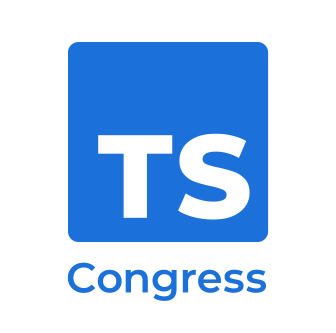And if we scroll down now, you will not only see the user data, we'll also see this custom payload. You can see feature one, feature two. We can also see trace ID. So this is very, very useful in these applications, right? So imagine you've got lots, lots of applications that you're monitoring. There's backend, there's frontend, all the things you typically want to monitor. So let's get into more of a practical example of how that would look.
So I've got another roll bar count open over here that we want to look at. So here we go, we've got some more data in this one. So there you can see, for example, I actually track slow queries in my backend over here. So in my metadata, I want to maybe log the actual query that's happening, which I do over here. It ran for 1.3 seconds. I want to know the subscription ID. I want to send in some additional data like the sign up subscription ID. I want to go do any of those other things I want in the payload. So with roll bar, you can actually go ahead and do those as well. You can push warnings, messages, all those sorts of things into the system. And again, I'm adding my app service, so I'm adding additional data to the payload over here. You can see which function it was, did it succeed or not, what was my user ID? So this is the UUID for this application. And again, all these things make it a lot easier for me to know how many people were affected, how many IP addresses were affected. This is back-end, so it's all just going to be one IP address. But again, we can go ahead and find a front-end one like we have over here. Well, clipboard, and this one should have a lot more data in it as well. There you can see, so the number of people affected over time, if I press that, I can see all the people affected and how many times they ran into this problem. And again, this is a great way to get all these problems. This is a JavaScript clipboard that's giving me a problem. So this is the page, so I set it in a one page application. I can actually set my context as well. And again, I will get, for example, the full telemetry for this application as well. Okay, again, it makes it super useful when working with these types of applications.
So you might be asking yourselves, what other custom apps data can I send into Rollbar? So what we recommend doing is, again, if you wanna work with any of the SDKs we've got, there you can sort of see the browser JS ones or the browser related ones. A couple of things like the trace ID can be sent in over here as I've mentioned. There's some additional things you can send in as well with all of these applications. So again, feel free to play around with all the different options you've got for the various SDKs. And again, we give you some really good examples of how to do them, how to rate limit on the client side, you can rate limit on the server side. There's a ton of settings that you can add to your payload at any point in time. Safelist, block list, you can also scrub personal data like date of birth, credit cards, Social Security, if you're in America. All these sorts of things you can actually go ahead and set up in the Rollbar configuration. What I'll do is I'm going to add this to the chat today, here I'll also add it to the Discord channel. So if you want to look at those, you can go ahead and spend some time to look at all the different configuration options in there. Okay, so we'll pause over here, does anybody have any questions, did anybody run into a different problem that they couldn't get across, couldn't get working, looks pretty good so far. Okay, let's get back to this application over here, oops, there we go. All right.
I have a question and because we have this single file robot config, is there a way to, for example, config what type of data should be sent somewhere on the component? Like for example, if I have in shop or any e-commerce page buy button, I would like to send other different information about someone who's buying and different information about, for example, guest who is watching our product. When he, for example, visits a page or clicks view more, I don't want the whole data from the client, the whole data from the guest, right? Oh absolutely, yeah. So, you can definitely, that's a great question. So, you can do it in the payload natively, but you can obviously, since you're over here, as a good example over here, let's do something like this. We don't want to get that error anymore. So, whenever you want to send something today to roll bar, if you go rollbar.info, if you send anything like that, you can customize what you want to send. So in here, you can decide what you want to put into that payload. So you'll see the properties for this one is basically an open payload.
















Comments